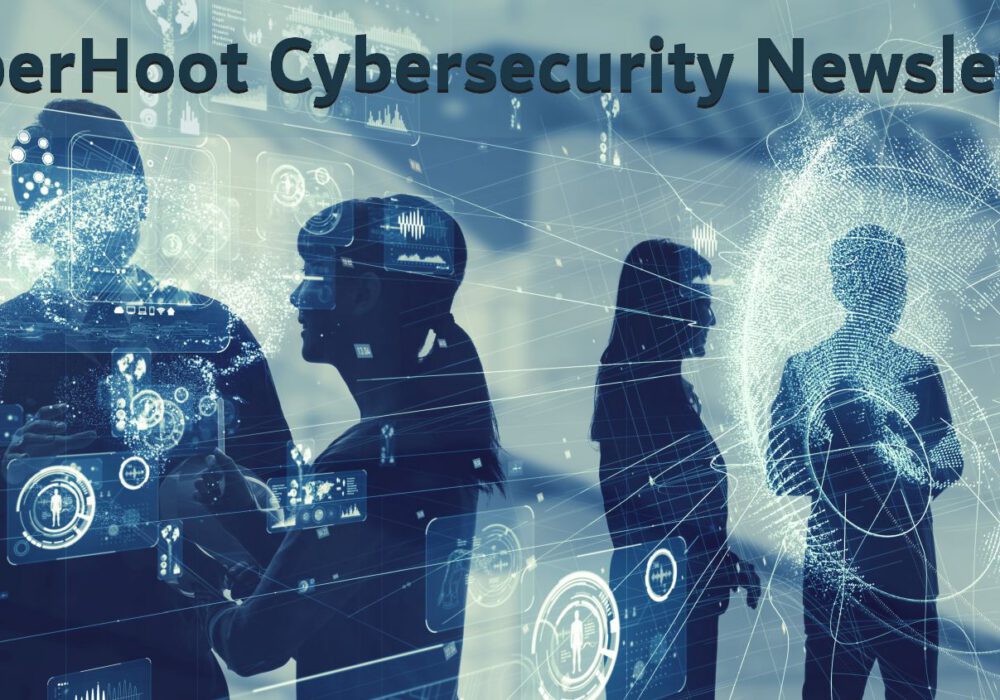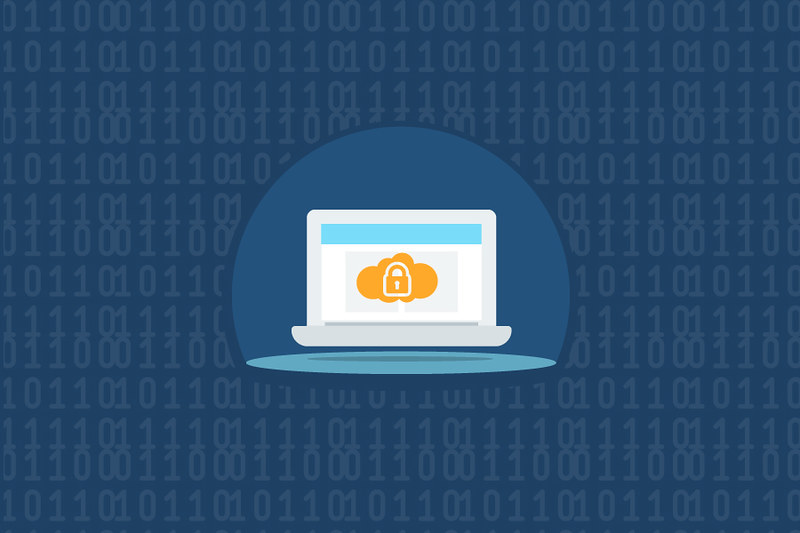"After 9 months of CyberHoot awareness training, a Financial Management firm with $4 Billion in assets was phish tested by the Fellsway Group. They had zero (0%) employees click on the phishing test. In contrast, the exact same phishing attack had a 30% click rate at another client that had not yet done CyberHoot training. The product really proves its worth!"













